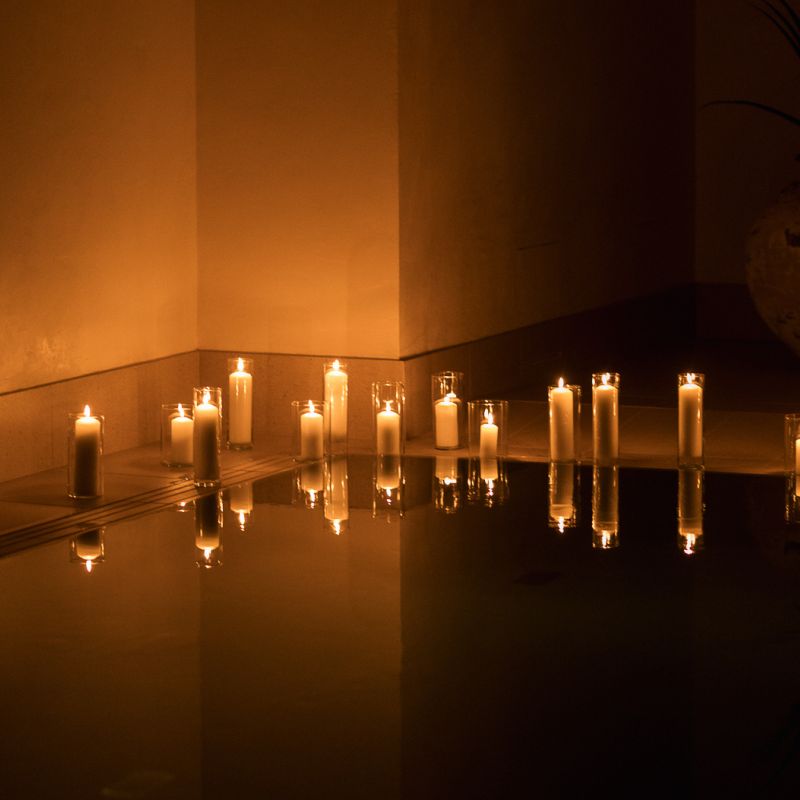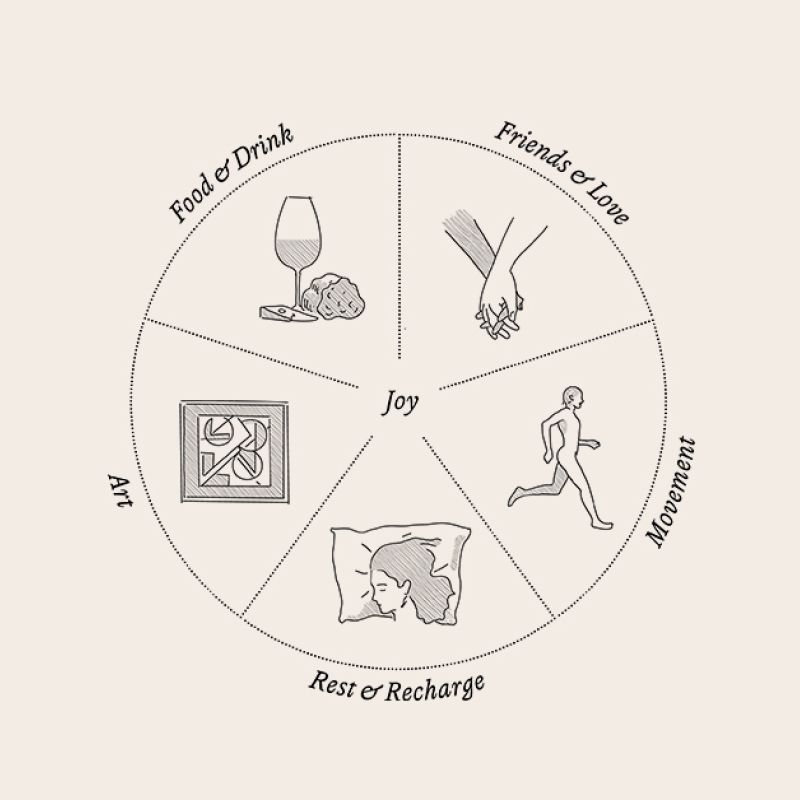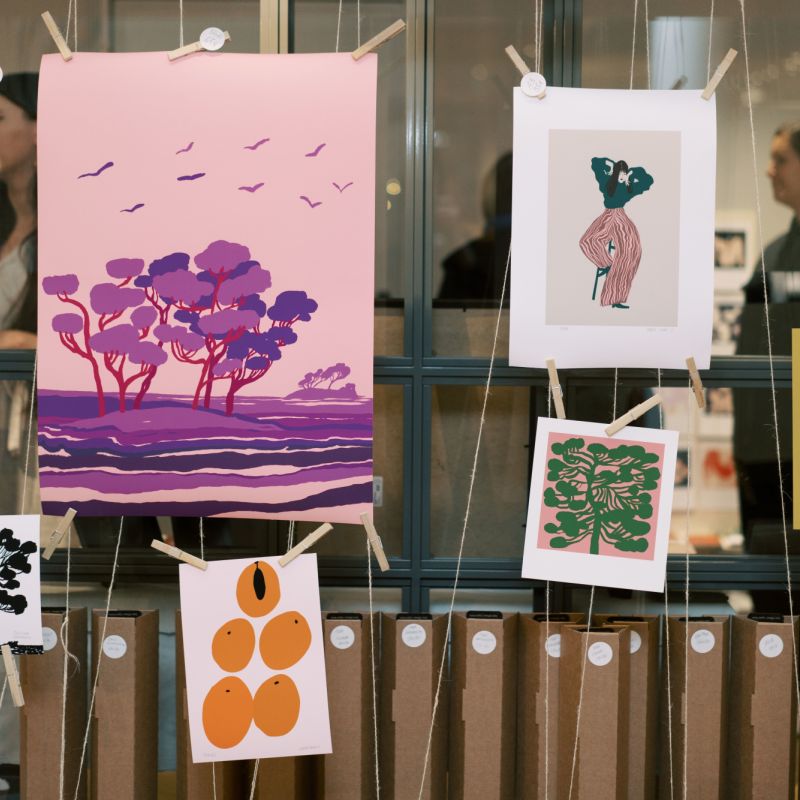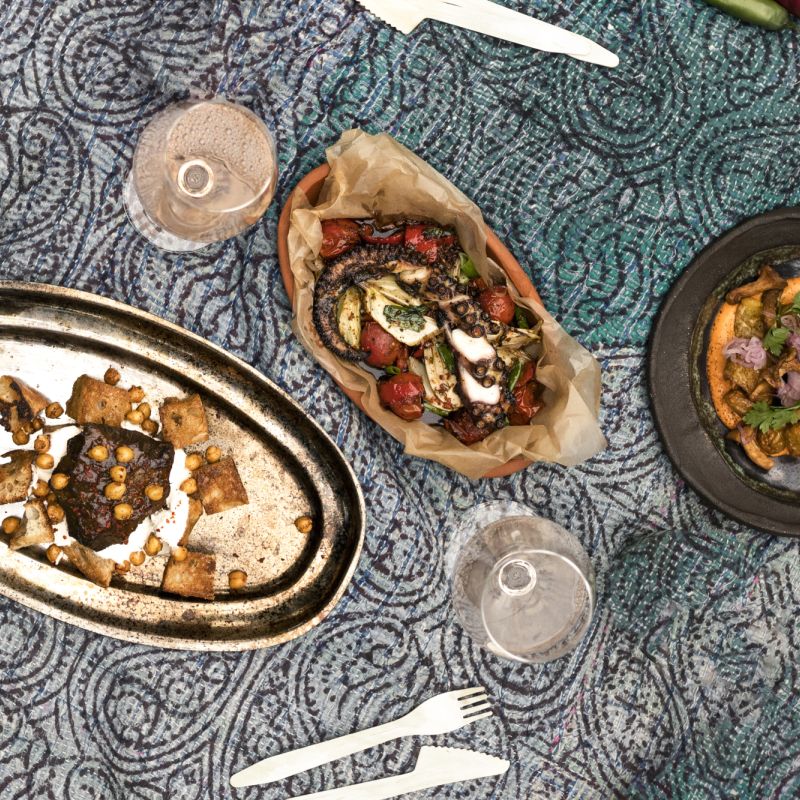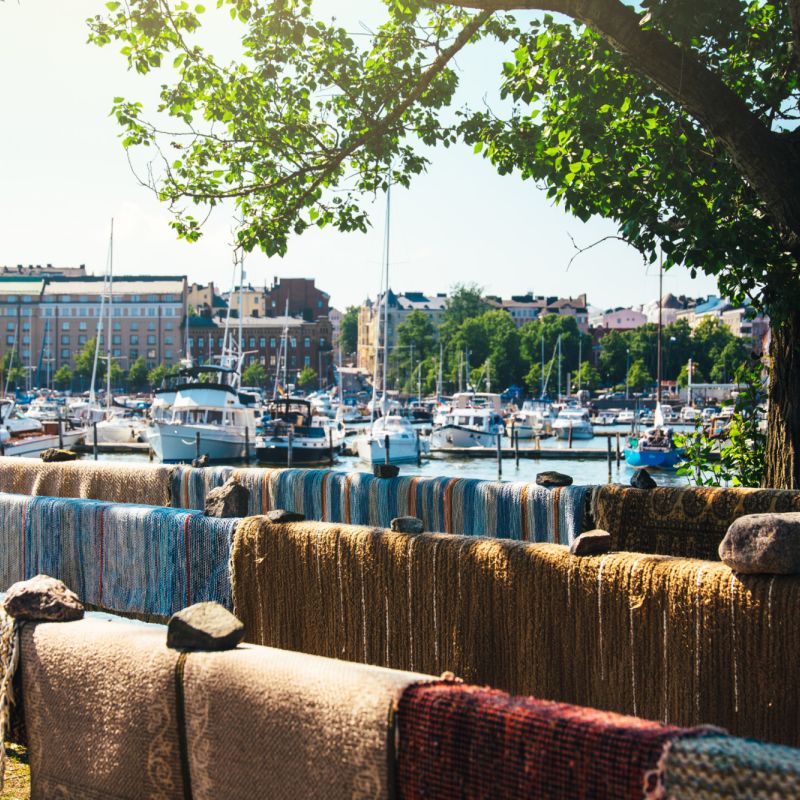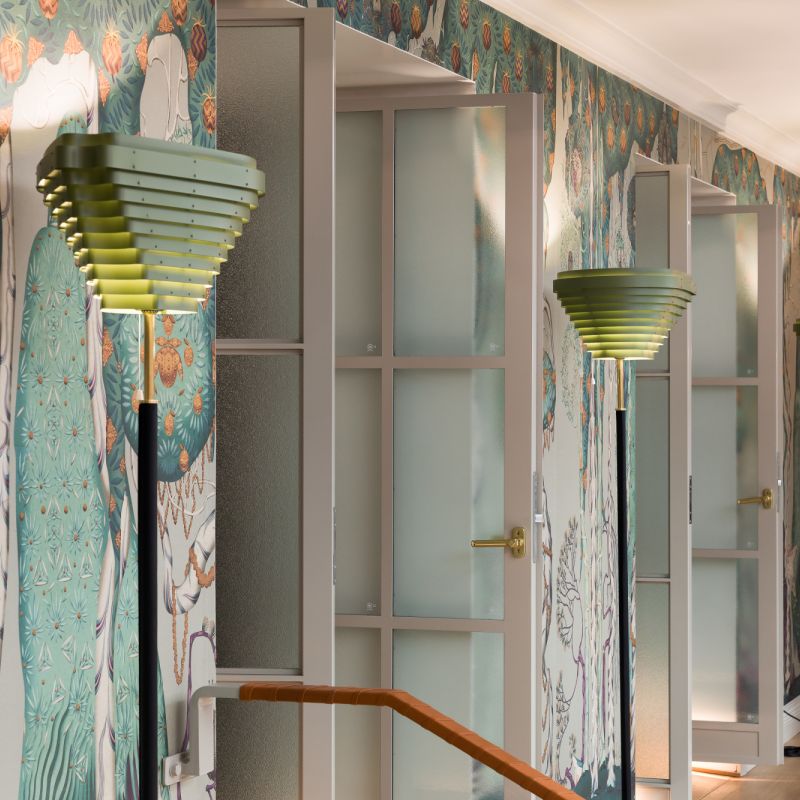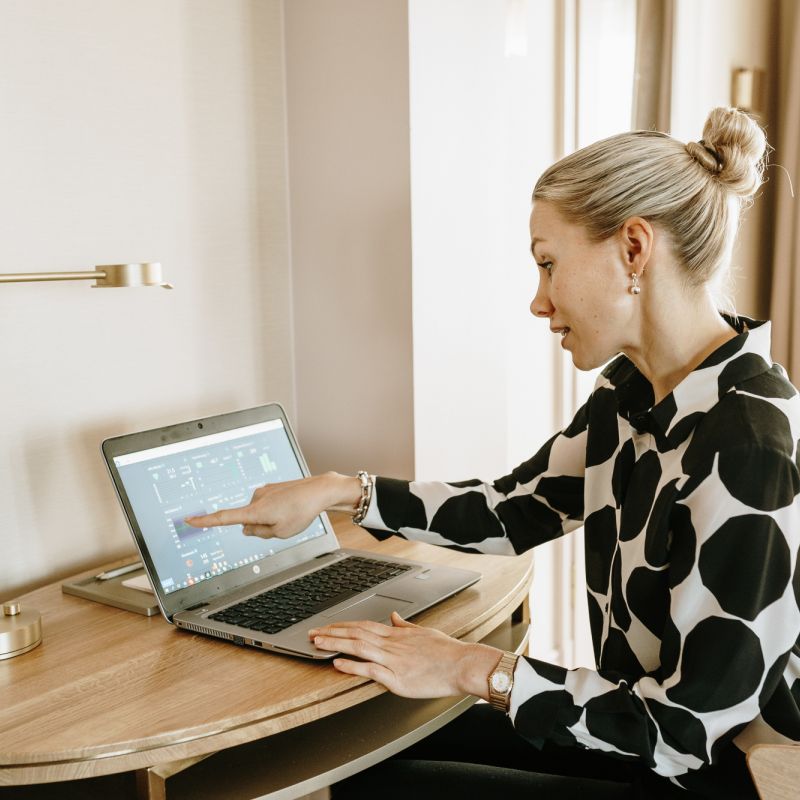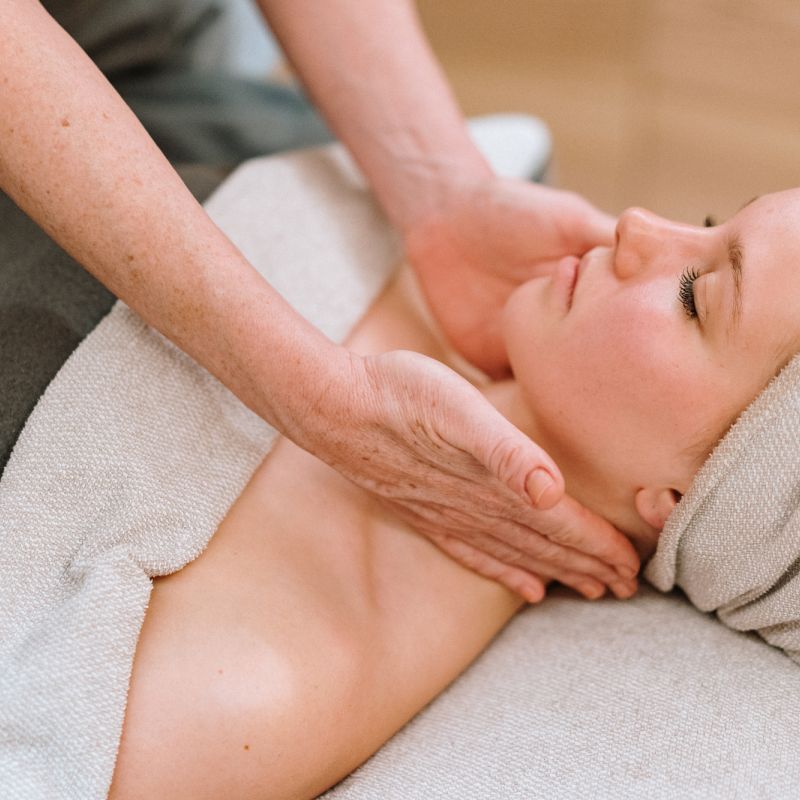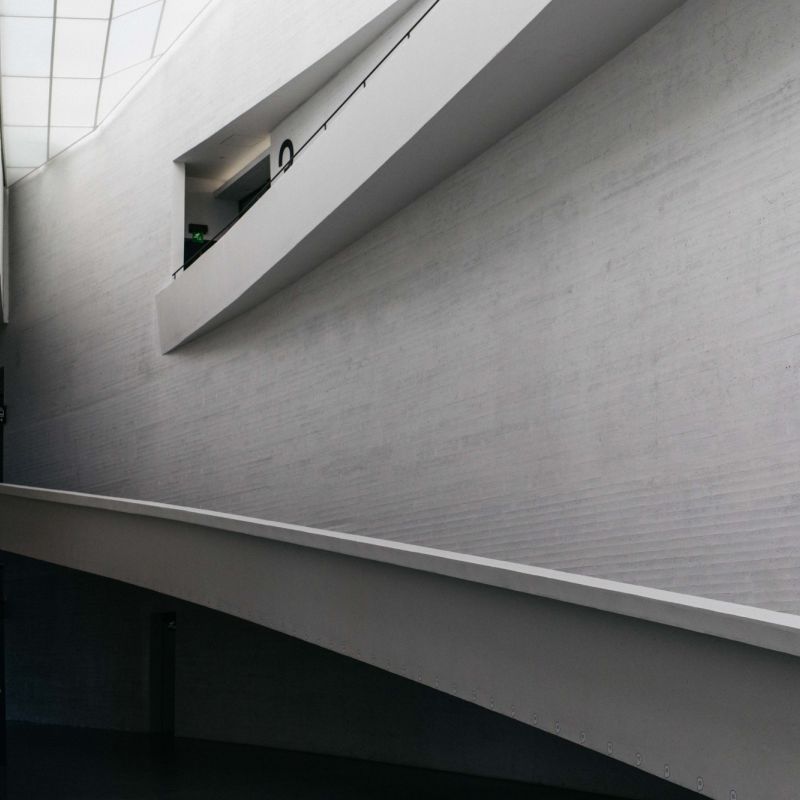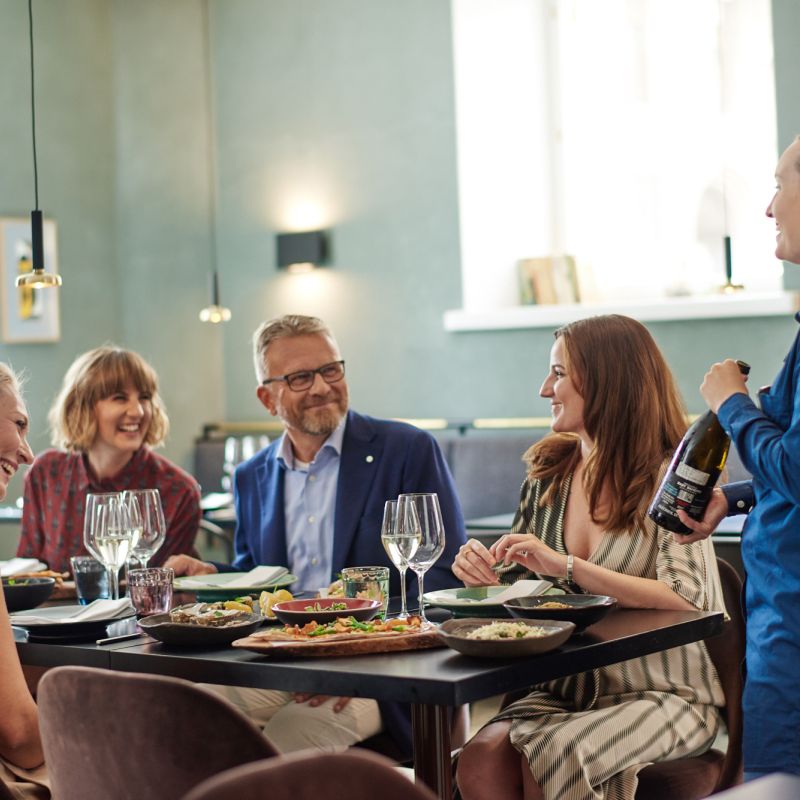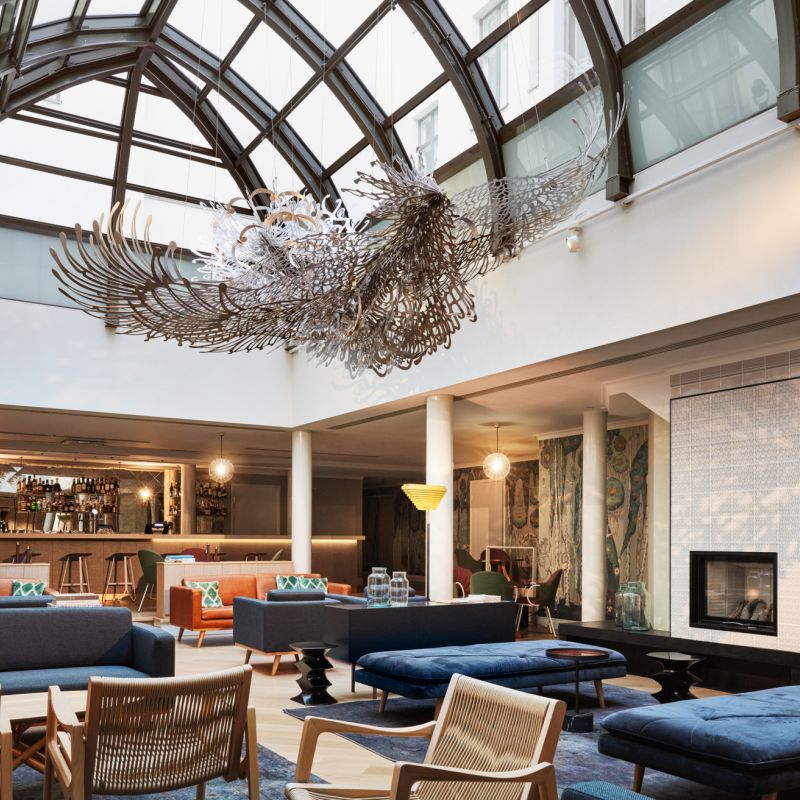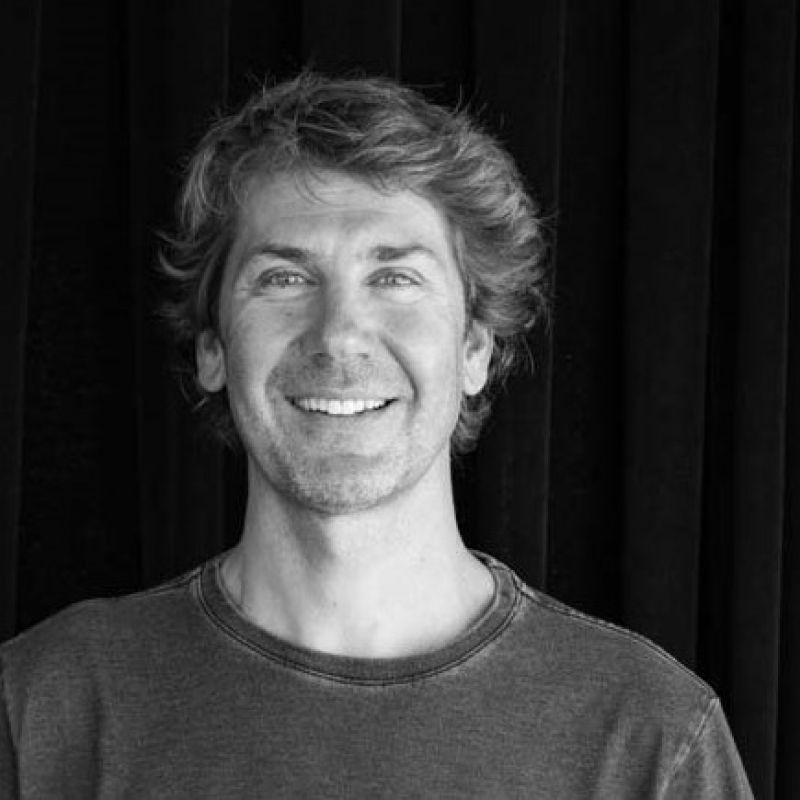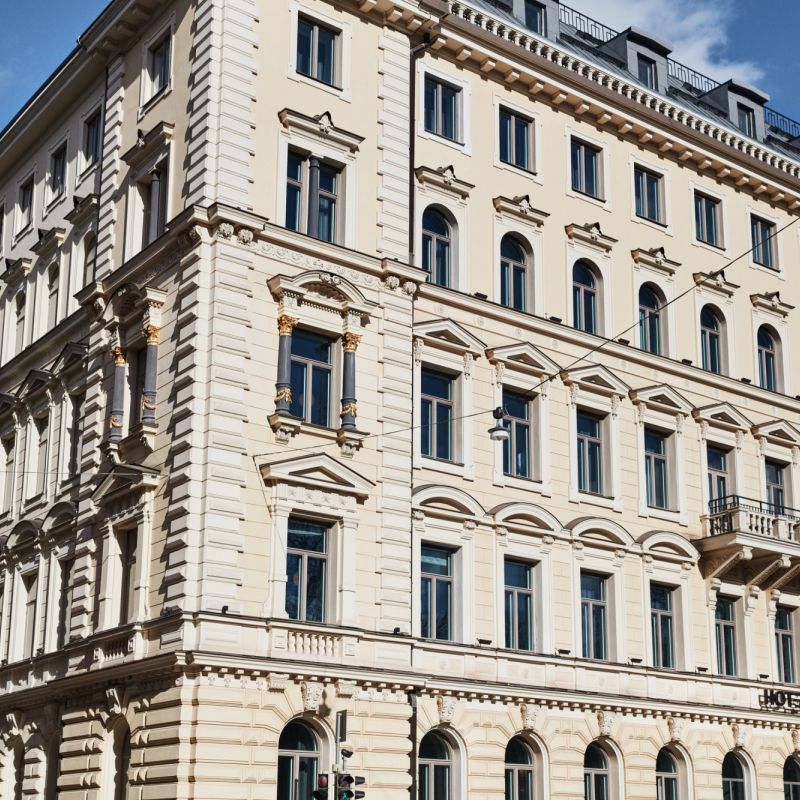To find out, we got in touch with Moriz Wikström and Pekka Pohjakallio, both experts at Hintsa Performance.
This leading coaching company, headquartered in Finland, is dedicated to helping its clients live a better life and reach sustainable high performance. If anyone, they would surely know the far North’s secret to happiness.
It’s cool to take care
Senior Performance Coach Moriz Wikström has worked in the sports and well-being industry for 15 years, six of which he’s been with Hintsa Performance. Today, he coaches a variety of clients, such as top athletes, corporate executives and artists with a demanding lifestyle.
Though his clients lead very different lives, they still face more or less the same challenges, all revolving around the six-part Hintsa model:
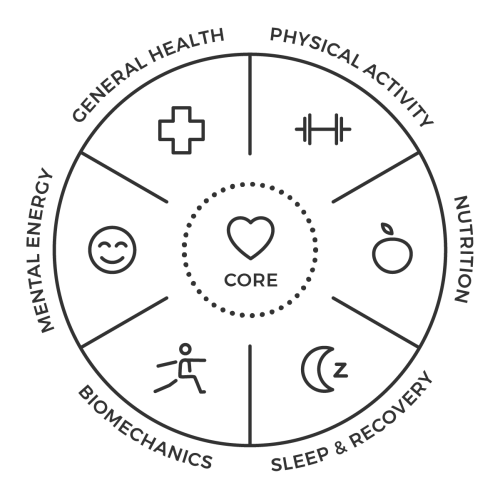
General health, nutrition, rest and recovery, physical activity, mental energy, and biomechanics make up Hintsa’s Circle of Better Life model, which works as the foundation for its coaching services.
At the centre of the model is the ‘Core’ – inner motivation to reach sustainable change.
Wikström takes great delight in the Nordic countries’ rising well-being trend.
It’s become cool to look after yourself, to live a healthy life.
The nature of his clients’ corporate events reflect this, too. Rather than the traditional evening of sauna and heavy drinking, strategy workshops might now involve a trip to the forest.
- One of my clients went hiking in the wilderness to talk about the future of the company. In the end, everyone talked about everything else but the company. This was a tremendous boost to morale and energy levels.
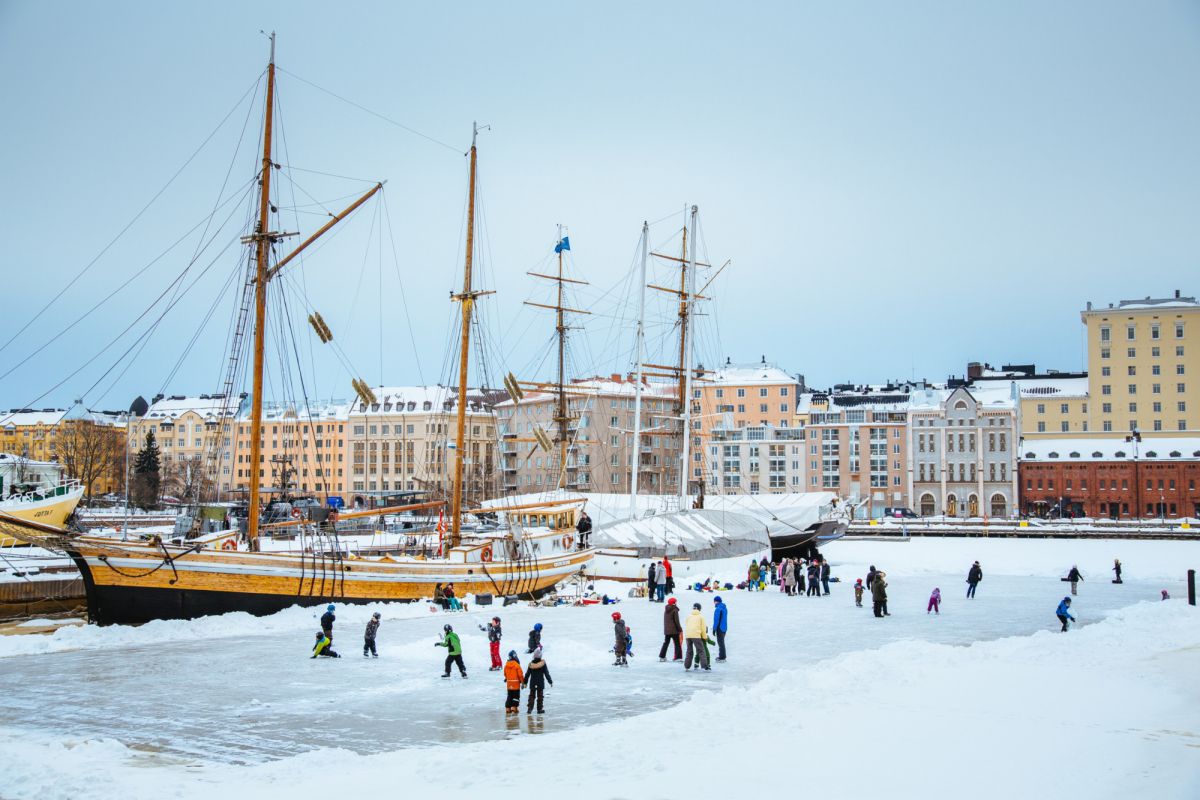
The essential exercise
- In well-being, physical activity is one of the most important components. When you exercise, you’re in a better mood, and you’ll have the energy to look after yourself in other ways too, Wikström says.
What’s different about exercising in the Nordic countries, according to Wikström, is that it’s made so effortless.
In Helsinki, for example, efficient public transport and short commuting distances result in more everyday exercise on foot.
Public services extend to sports facilities like affordable communal gyms and swimming pools – and then there’s the great outdoors.
- People don’t necessarily realise how natural it is to go outside here. I live just 20 minutes from the centre of the capital, but I can put on my skis as I leave my house and ski straight into the forest. Nature is always on your doorstep here.
Kids get into the habit of exercising early by zooming around the ubiquitous skating rinks and sledging hills in winter, and exploring lakes and forests in summer.
What’s more, the safety and security of the Nordic societies means they’re free to walk to school and play outdoors on their own.
Naturally healthy nourishment
The same effortlessness extends to healthy nutrition, too. Long transport distances to the far north means eating local food comes naturally, and tap water is exceptionally high quality.
Wikström also sings the praises of the Nordic buffet.
- When you order a meal from a restaurant menu, someone else makes the choice for you – how much salad there is and how much of other, less healthy stuff. Usually salad is just a tiny splash of green in the corner of the plate. At a buffet, you can go all in with goodness if that’s your thing. There’s even salad-only buffets available in nearly every cafe, so it’s easy to eat well.
Small adjustments to eating habits can make a huge difference.
Wikström remembers a client who started having a healthy lunch every day.
- He lost 20 kilos in the space of a few months, without changing his lifestyle in any other way.

Soothing silence
Wikström points out how crucial silence is to recovery, another component of the Hintsa well-being model.
In a society where we constantly battle against noise and stimulation, our always-buzzing brains make it much harder to relax.
This is partly thanks to the smartphone, which is always tempting us to pick it up.
According to a 2018 Deloitte study, 35 % of Nordic people think they spend too much time on their mobile phones.
A counter-trend, however, is beginning to emerge – in Norway, for example, there’s a clear downward turn in smartphone use statistics. 40 % of Norwegian students are active users of Hold, an app that rewards you for not looking at your phone.
Wikström’s solution is to leave his phone at home when he heads to the forest in his backyard so that he can enjoy the silence – or the company of his 4-year-old son after picking him up from municipal daycare.
Interestingly, according to Swedish researcher Michael Nordenmark, Nordic men’s high levels of happiness are partly due to their greater involvement in family life.
Work wonders on happiness
Pekka Pohjakallio, Business Development Director and Mentor at Hintsa Performance, focuses his coaching sessions on finding work-life balance.
When asked about which aspects of Nordic working life contribute to citizens’ well-being, he identifies four key points:
- Flat organisations with minimal hierarchy
- Free time surrounded by nature
- Mindfulness
- Trust
- The Nordic sauna, for instance, encourages mindfulness. It’s important to have an experience every day when you can just be there and not have to perform. (Read this article to find out the best public saunas in Helsinki!)
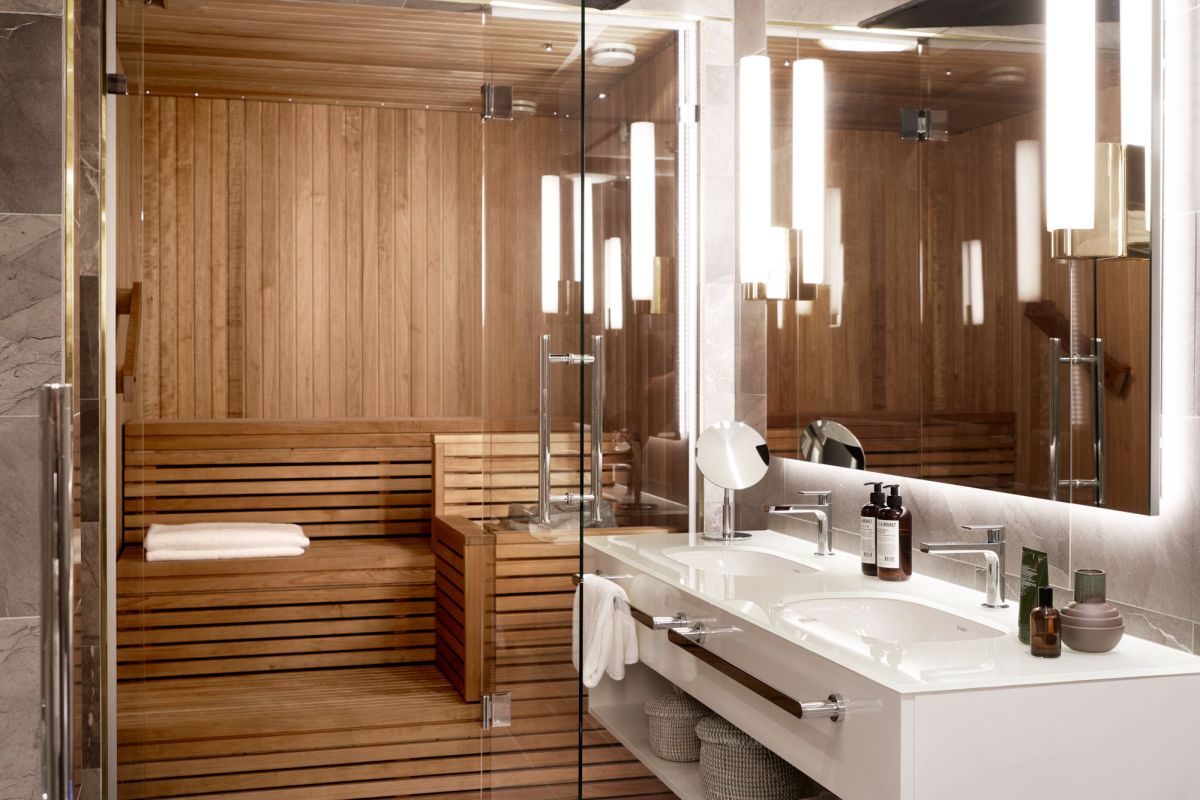
Pohjakallio believes that the high level of trust within Finnish companies is a product of the school system.
At the age of 7, Finnish schoolchildren have little homework and focus instead on play and creativity.
According to Pohjakallio, that sparks something in the back of their heads that makes them want to do their jobs well later in life.
- Perhaps that’s why we don’t have this performance culture that other countries have where they must work long hours, he says.
Instead, employers trust employees to get the job done. They don’t care how, as long as the results are there.
Though Nordic employers pay attention to well-being issues, ultimately Pohjakallio thinks everyone is responsible for their own well-being.
- It’s okay if work is a big part of your life, but you also need to take care of yourself and enjoy yourself. If you do the right thing 80 % of the time, you can eat the pizza 20 % the time. All in all, there is no work-life – there is just life. Work is a part of it, he concludes.
The tools of a good life
The challenges of today’s changing world, such as digitalisation, AI, and over-reliance on smartphones, will doubtless have an effect on Nordic well-being, too, says Moriz Wikström. He’s still optimistic about the future, though.
- Here in the Nordic countries, it’s important for us to realise how well we have it. We have the tools to combat sedentary lifestyle, from communal sports centres to healthy eating and fitness education. People are starting to realise the importance of sleep and recovery, too. In short, we’re aware of the ingredients of a good life and we know we should hold on to them, he says.
As Wikström concludes, internal motivation is key to finding happiness.
We must want to live a better life for a reason, such as “to have the energy to play with our kids or grandkids”. A very Nordic reason indeed.
Published: 18.2.2019
Photos: Jussi Hellsten / Helsinki Marketing, Mureena, Esa Laukkanen
Read next





